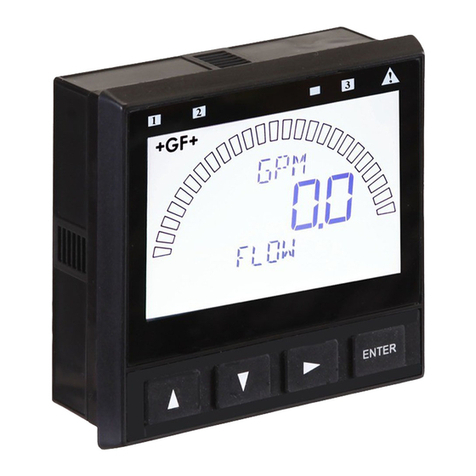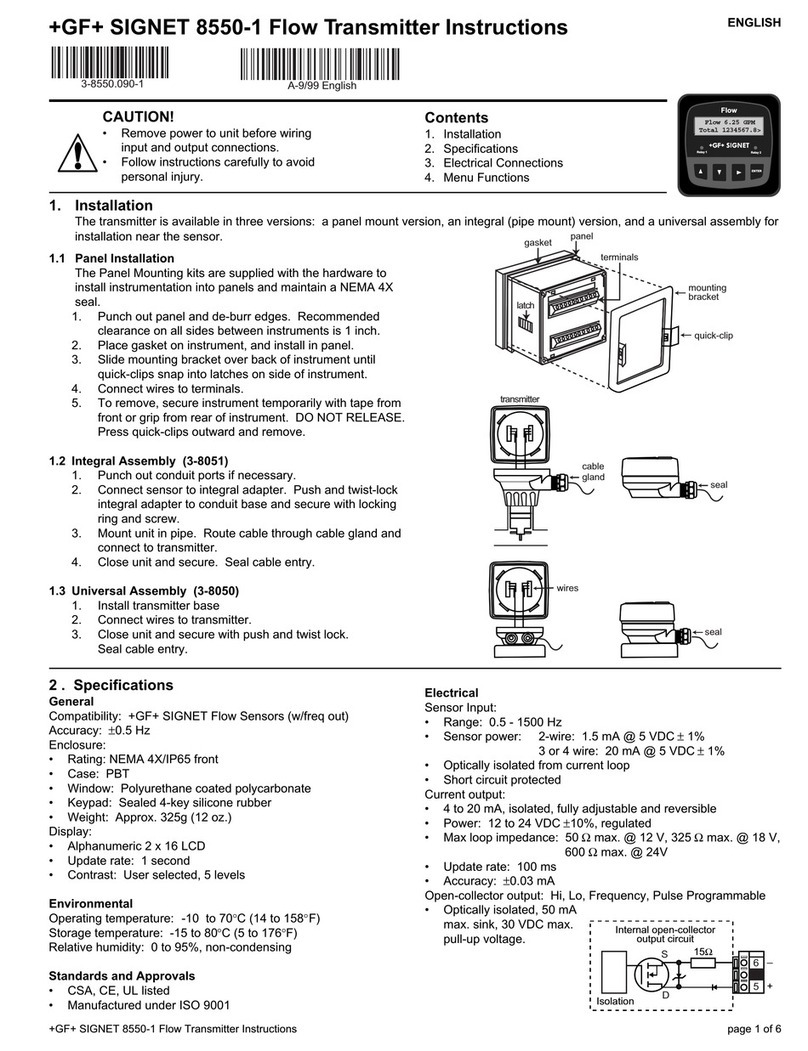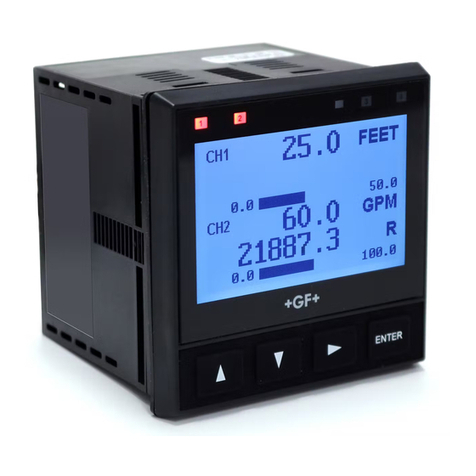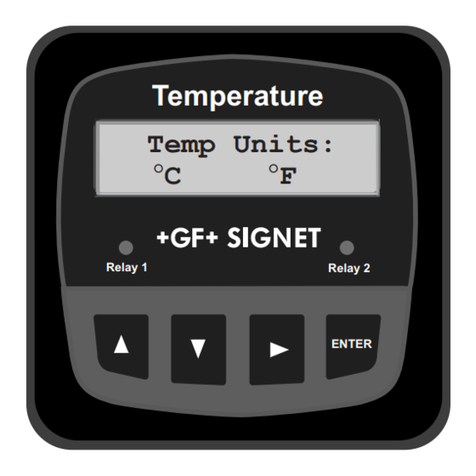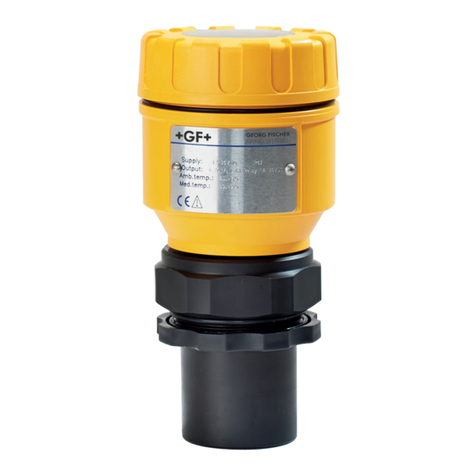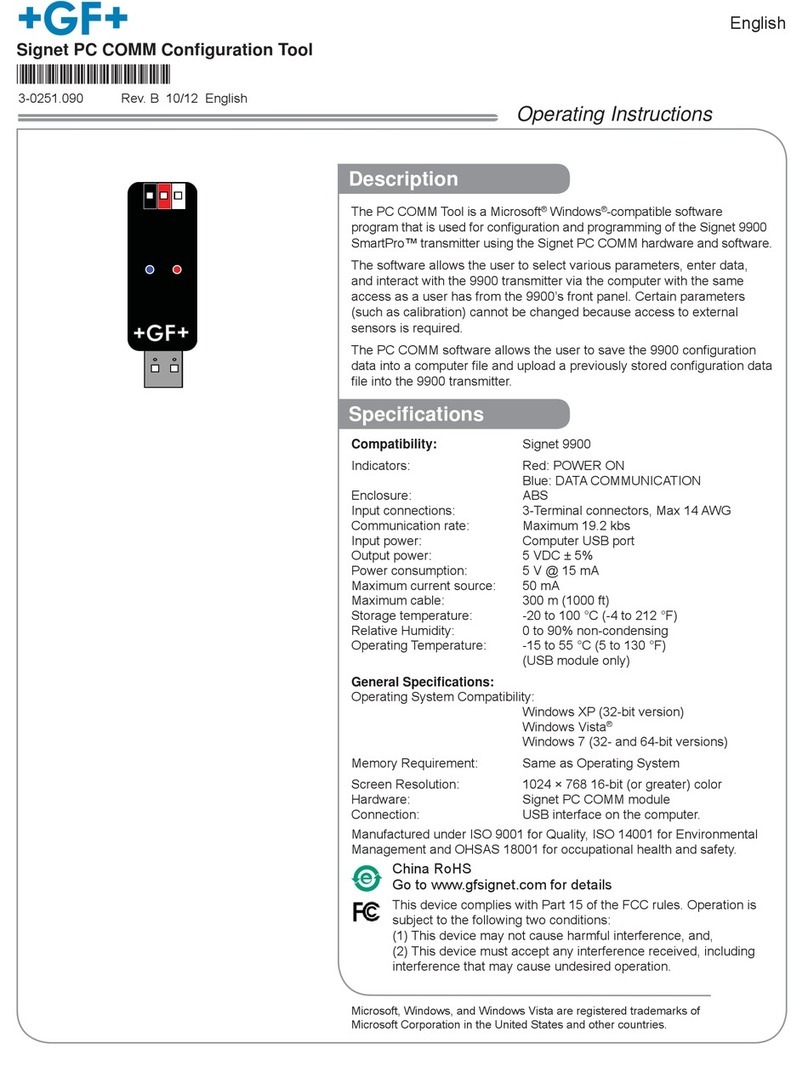
4
Contents
Original instruction manual ............................................................................................................ 3
Contents........................................................................................................................................... 4
1Intended use .......................................................................................................................... 5
2About this document ............................................................................................................. 5
2.1 Warnings ................................................................................................................................ 5
3Safety and responsibility ....................................................................................................... 5
4Transport and storage........................................................................................................... 6
5Design and function............................................................................................................... 6
5.1 Function ................................................................................................................................. 6
5.2 Principle of operation............................................................................................................ 6
6Technical data........................................................................................................................ 7
6.1 Dimensions ............................................................................................................................ 8
7Installation ............................................................................................................................. 9
7.1 Handling and Storage............................................................................................................ 9
7.2 Mounting on the tank ...........................................................................................................10
7.2.1 Installation instructions: General notes..............................................................................10
7.2.2 Specific installation instructions: Gauge –solid applications ...........................................13
7.3 Wiring ....................................................................................................................................14
7.4 Power on and start-up .........................................................................................................17
8Programming type 2291.......................................................................................................18
8.1 The display unit.....................................................................................................................18
8.1.1 Behavior in manuals programming mode ..........................................................................18
8.1.2 Manual programming...........................................................................................................19
8.2 Characteristics .....................................................................................................................20
8.2.1 Gauge operating logic when the reflection is lost ..............................................................21
8.2.2 Gain and voltage amplitude..................................................................................................22
8.2.3 Typical signal trends ............................................................................................................24
8.2.4 Automatic adjustment..........................................................................................................25
8.2.5 Level measurement when more than one phase or layer in the tank ..............................25
9Troubleshooting....................................................................................................................27
10 Repair and Maintenance ......................................................................................................30
11 Accessories...........................................................................................................................30
12 Set-up parameters ...............................................................................................................30
13 Disposal.................................................................................................................................30






